|
I rarely venture into into New Haven, but my recent visit was fantastic. My friends and I took a day trip to the Yale University Art Gallery, it is free to the public and contains work from many famous artists. The building itself is very modern and minimalist which is a great contrast to the European and Renaissance art and compliment to the Modern and Contemporary pieces. There is also a Sculpture Terrace and Study Gallery. Two of my favorite pieces were the 2004 Ode to Forgetfulness (translated) by the French born, American artist Louise Bourgeois. And the 1974 sculpture Drug Addict by American artist Duane Hanson. Bourgeois’ textiles were perfectly symmetrical, light and playful. While Hanson’s sculpture was so realistic I jumped as a rounded the corner where he was sitting (clever placement Yale).After the museum we had lunch at a hole in the wall Italian restaurant and I gladly ate way too much pasta. We also visited the Blue State Coffee Shop and the Atticus Bookstore & Cafe.
0 Comments
Traveling doesn’t always mean hopping on a plane and flying to another country. Planning a road trip at home in the U.S. is easier and less expensive than you would think. Before doing anything else, you need to make a plan to save your money. Open a separate savings account if you’re able to or put the money for your trip aside so you’re not tempted to spend it. I suggest saving $600-$1,000 to start, depending on where you want to travel.
Next, plan where you want to go and for how long. Some ideas include the Badlands of South Dakota, Austin, TX, and Washington D.C. If you need more ideas, check out these lists from US News, Nomadic Matt, and Budget Travel. Once you find your destination, I suggest using Google Maps to estimate how long it will take you to get there and how many miles you will travel. I suggest planning a route that includes all the scenic drives or tourist attractions you want to see. If you’re going to drive across the country, why not stop at every state you possibly can in between? Your route does not need to be concrete, but you should have a general idea of how you will get to your destination. After you have a route planned, use a fuel estimator to determine how much money you will need for gas (like this one from Fuel Economy). Gas will likely be the most expensive part of your trip. If you want to save money, consider sleeping in cheap hotels or hostels (which you can find with websites like Hostel World). You can look for backpacker hostels, guest houses, and homestays (which you can read more about here). Also consider sleeping out of your car or camping in a tent to reduce costs and spare your wallet. You can read tips on how to sleep out of your car during a road trip here and here. Food may be the next most expensive aspect of your trip, depending on whether you choose to sleep in hotels or camp out in your car. You can pack small food items, like snacks for long drives, in a cooler to reduce some costs, but also remember to try as much of the local cuisine as you can. Food is one of the most important parts of any trip; remember to experience it. To keep costs down, invite a few friends to travel with you (and keep you company on those long nights). Pack light and comfortably, and bring plenty of portable chargers for your electronics. You can also pack other necessities, like a portable camping shower (this one from Coleman is less than $20), paper road maps (as a backup incase your phone or GPS loses signal or power), and multiple-gallon gas cans for your car (incase you are unable to fuel up at a gas station before running out of gas; you don’t want to be stranded in a strange place with no gas and no cell reception). Be smart and plan your trip as much as you’re able to, but also remember to have fun with it. |
Places we've gone, things we've seen, stories worth telling Archives
April 2019
Categories |
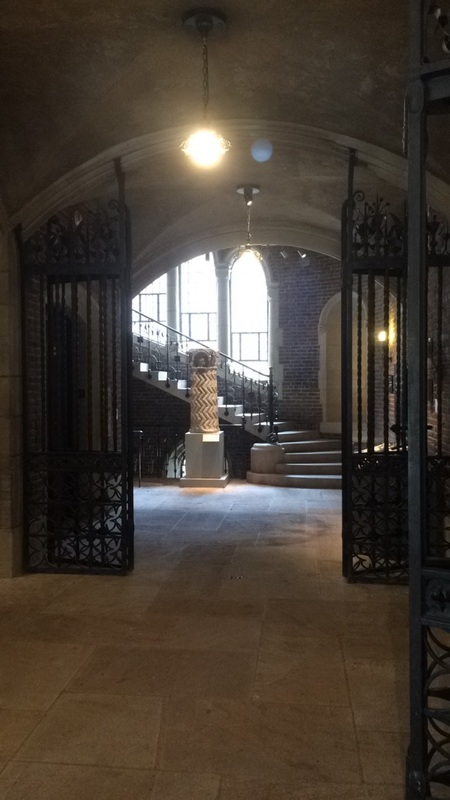
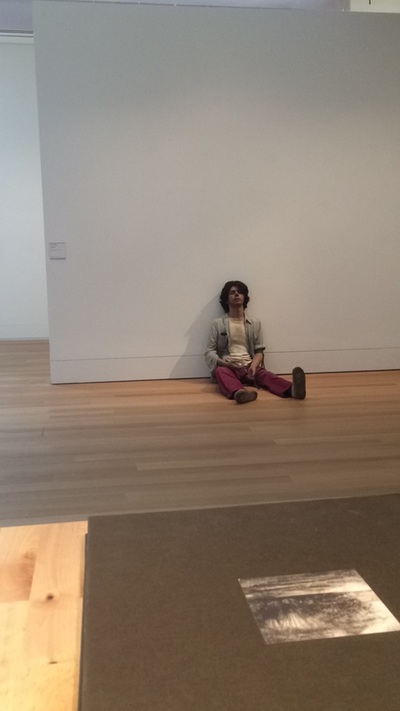
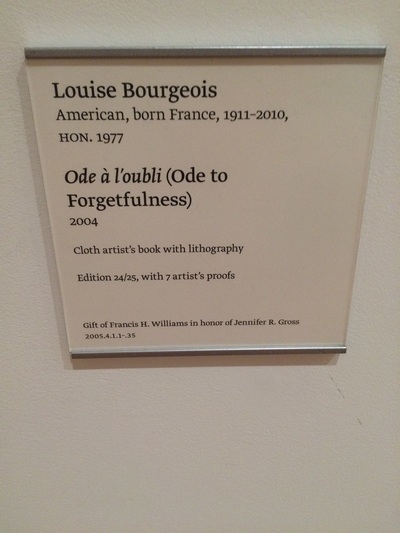

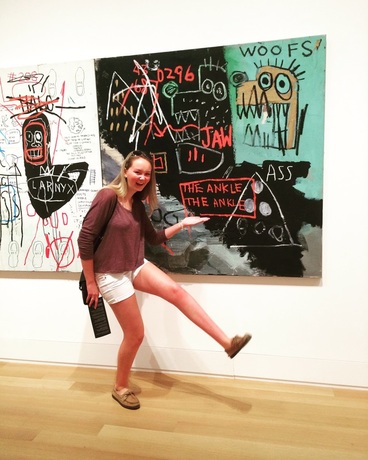
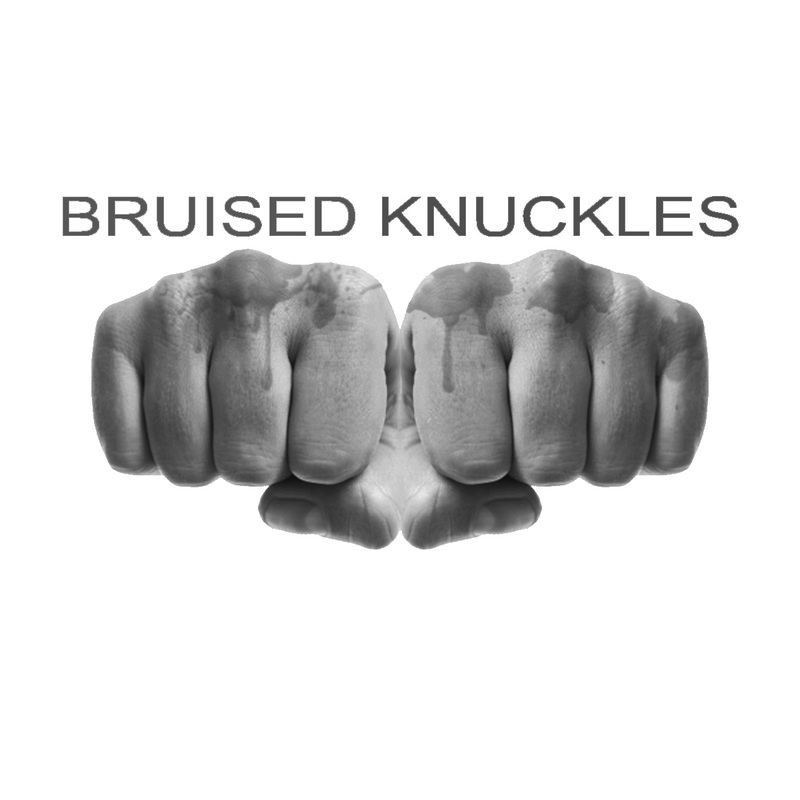
 RSS Feed
RSS Feed
